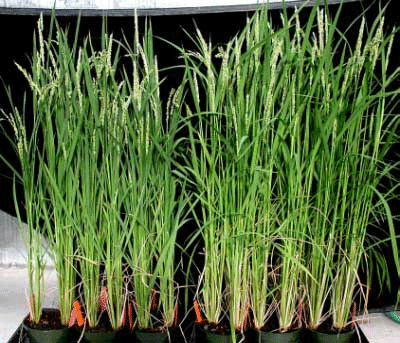Scientists at the USDA Agricultural Research Services (USDA ARS) are exploring the production of cellulosic biobutanol from wheat straw using Clostridium Beijerinckii. The research is part of a larger, ongoing research project: Cost-Effective Bioprocess Technologies for Production of Biofuels from Lignocellulosic Biomass.
In work to be published in the Journal of Biotechnology, Nasib Qureshi, Badal Saha and Michael Cotta achieved a rate of production of wheat straw hydrolysate to butanol of 214% over that from glucose.
Wheat straw contains about 70% complex carbohydrate that can serve as a low cost feedstock for conversion to fuel ethanol.
Clostridium beijerinckii P260 can utilize five and six carbon sugars present in cellulosic biomass and convert them to butanol. The researchers pretreated wheat straw with dilute sulfuric acid and hydrolyzed it using commercial carbohydrases to lignocellulosic component sugars (glucose, xylose, arabinose, galactose, and mannose) prior to their conversion to butanol.
Hydrolysis, fermentation, and product recovery were combined in a single step using a 2.5-liter bioreactor. Fermentation performance was enhanced by simultaneously recovering products [Acetone-butanol (AB)] from the fermentation broth by gas stripping, thereby avoiding inhibition of the end product.
The reactor operated in a fed-batch mode, and fermentation lasted for more than 500 hours.

